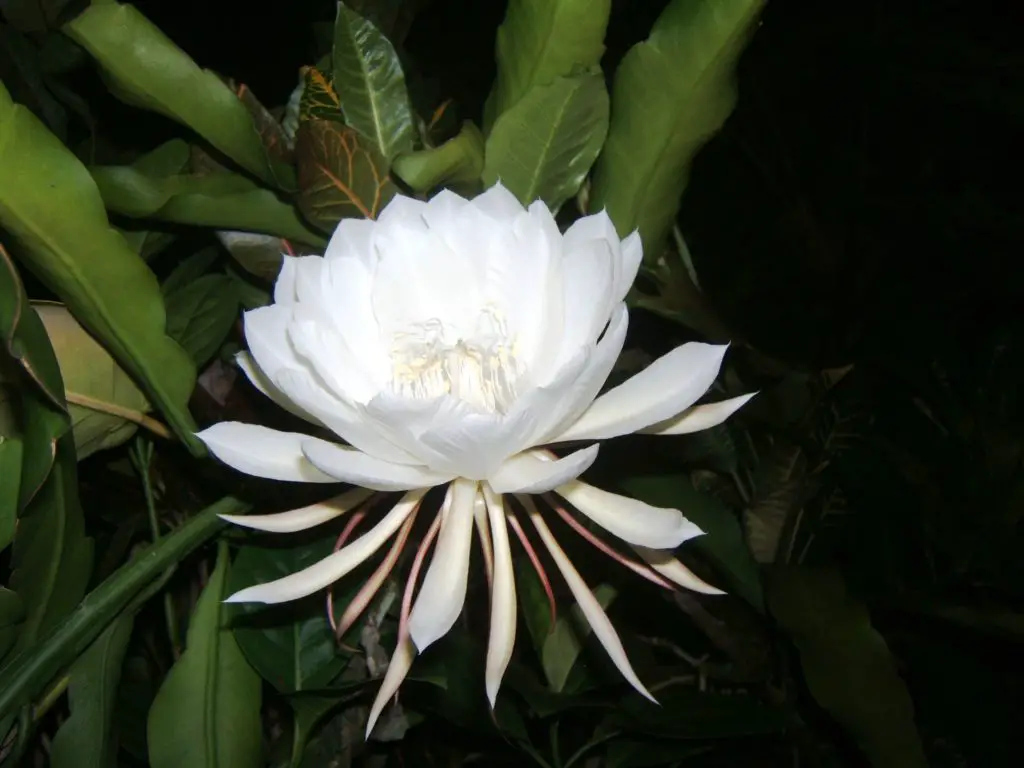

Watch your cacti for over/under exposure to light. If lights are turned on after sundown, flowering for the following year may be delayed or affected. Lights should not be turned on after daylight hours.
#Orchid cactus plus
If wintering your plants in the house, place them in a cool (40 plus degrees F) room.
#Orchid cactus full
They seem to like a few hours of full morning sun, but never full midday sun. Light Requirements:Ĭacti do best in filtered sunlight. Make certain they still receive filtered light. During the winter, to encourage heavy flowering next year, place cacti in unheated bedroom or garage for 2 or 3 weeks. After flowering, the plants may appear a little wilted but do not increase watering more than the usual watering schedule. Orchid cacti have natural growth cycles during spring and fall. Overwatering is the greatest danger in raising these cacti. Allow the top 1/3 of the soil to dry out before watering. The rule in raising Epiphyllums is to not let the roots completely dry out. Water during this time about once a month. The only exception is in the winter months when the cactus "rests". Water lightly at first and then water once a week. Rooted cuttings should not be allowed to dry out.

Two (and only two) of the leaf serrations should be below the soil level. Plant the small growing end 1 to 2 inches deep in the soil. Plant cutting upside down for best results. The soil must hold moisture but drain quickly. If pumice is not available, use bark chips or perlite. It is recommended that the best potting mix is 3 parts commercial potting soil and 1 part small to medium pumice. Plant cuttings in a clean dry potting soil mixture. It looks beautiful with orchid cactus.Allow cuttings to harden off for about one week before planting. Upright succulents look fun with bold orchid cactus.ĭog tail cactus is another easy-care cactus that trails from hanging baskets. Mistletoe cactus has a soft, almost fluffy look that creates an intriguing look when paired with orchid cactus. This bold houseplant is not intended for human or animal consumption.Ĭomplement your Orchid Cactus Mistletoe Cactus Like orchids and other tropical plants, orchid cactus prefers high humidity, but usually grows just fine in average household conditions. That often means watering once every 10 days or so, depending on conditions such as plant size, temperature, and how much light your orchid cactus gets. Native to tropical rainforests where it grows on trees, this indoor plant doesn't want it soil to be moist all the time and will rot if it's overwatered.

Water orchid cactus when the potting mix dries. If the plant gets enough light, it may produce beautiful, creamy-white orchid-like flowers (hence its common name). This exotic houseplant is perfect for hanging baskets right inside your window (or you can take it outdoors to a shaded place for a little summer vacation). Our experts are happy to help answer any questions you might have about orchid cactus houseplants. Or, complement the leaves by growing orchid cactus in a rough-edged pot. If you grow orchid cactus, accent the foliage texture by growing it in a smooth, sleek ceramic container. The leaves trail, making it an excellent choice for hanging baskets and tall planters. It has long, flat leaves that twist and curl as they grow, giving orchid cactus its unusual appearance. Orchid cactus is a bold houseplant that's not for the faint of heart! Though it's easy to grow, its exotic look will give your friends the impression you're a champion houseplant grower.


 0 kommentar(er)
0 kommentar(er)
